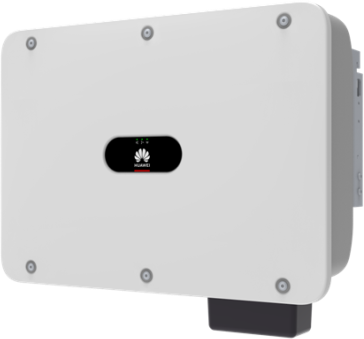Understanding The Basics Of Commercial Solar Panels
Photovoltaic (PV) panels collect energy from the sun and send that direct current (DC) via wires to an inverter which then converts that DC to alternating current (AC). That conversion process is essential because most appliances in a home, office, or industrial complex would not be able to use raw DC. How much a solar PV system can generate in a day depends on how large the solar PV array is as well as the working capacity of the inverter or inverters. External factors including cloud cover and ambient temperature can also affect the efficiency of solar power generation. Ultimately, we are talking about a renewable energy source that is of great value to businesses and also leads to positive outcomes in terms of social responsibility for investing in cleaner energy alternatives by generating solar electricity.













